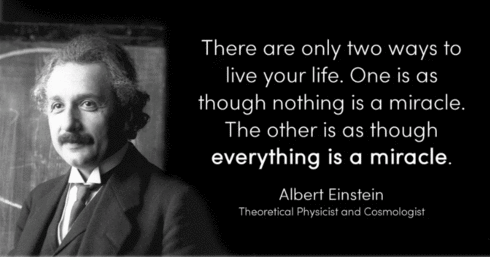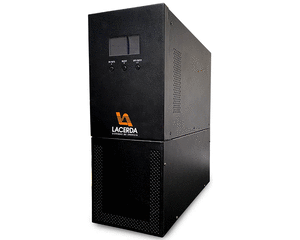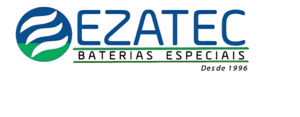Power Losses Analysis of Multiphase Interleaved DC-DC Boost Converter using OrCADPSpiceSoftware
A.A.Bakar Department of Electrical Engineering Universiti Tun Hussein Onn Malaysia Johor, Malaysia afarul@uthm.edu.my
S.SaimanDepartment of Electrical Engineering Universiti Tun Hussein Onn Malaysia Johor, MalaysiaT.SithananthanDepartment of Electrical Engineering Universiti Tun Hussein Onn Malaysia Johor, Malaysia tharnisha97@gmail.com
A.F.H.A.Gani Department of Electrical Engineering Universiti Tun Hussein Onn Malaysia Johor, Malaysia
Abstract—DC-DC converters with multiphase structures are widely used in electrical and electronic devices because of their advantages over conventional boost converters, such as reduction in input current ripple and low conduction loss. As technology advances, more delicate needs have to be fulfilled for better load performance. Traditional boost converters are still feasible but with certain drawbacks, such as high current ripples, significant switching losses, and high switch voltage stresses. This paper presents a novel multiphase DC-DC boost converter, with an output power range between 50 Watts to 200 Watts. The number of phases for this multiphase boost converter is limited to 5-phase. This paper focuses on power losses in the converter, namely conduction losses in diodes and MOSFET, switching losses in MOSFETs, as well as losses in inductors and capacitors. The discussion includes an analysis of the relationships between multiphase boost converters in terms of the number of phases and power loss. Simulation results show that the 3-phase DC-DC boost converter contributed to the least losses (at P=200 Watts) with the efficiency of 94.09 %, in addition to the smaller number of components used; by comparison between 3-phase and 4-phase. The performance analysis was done using OrCAD PSpice software.
VIEW FULL PAPER:

.gif)








